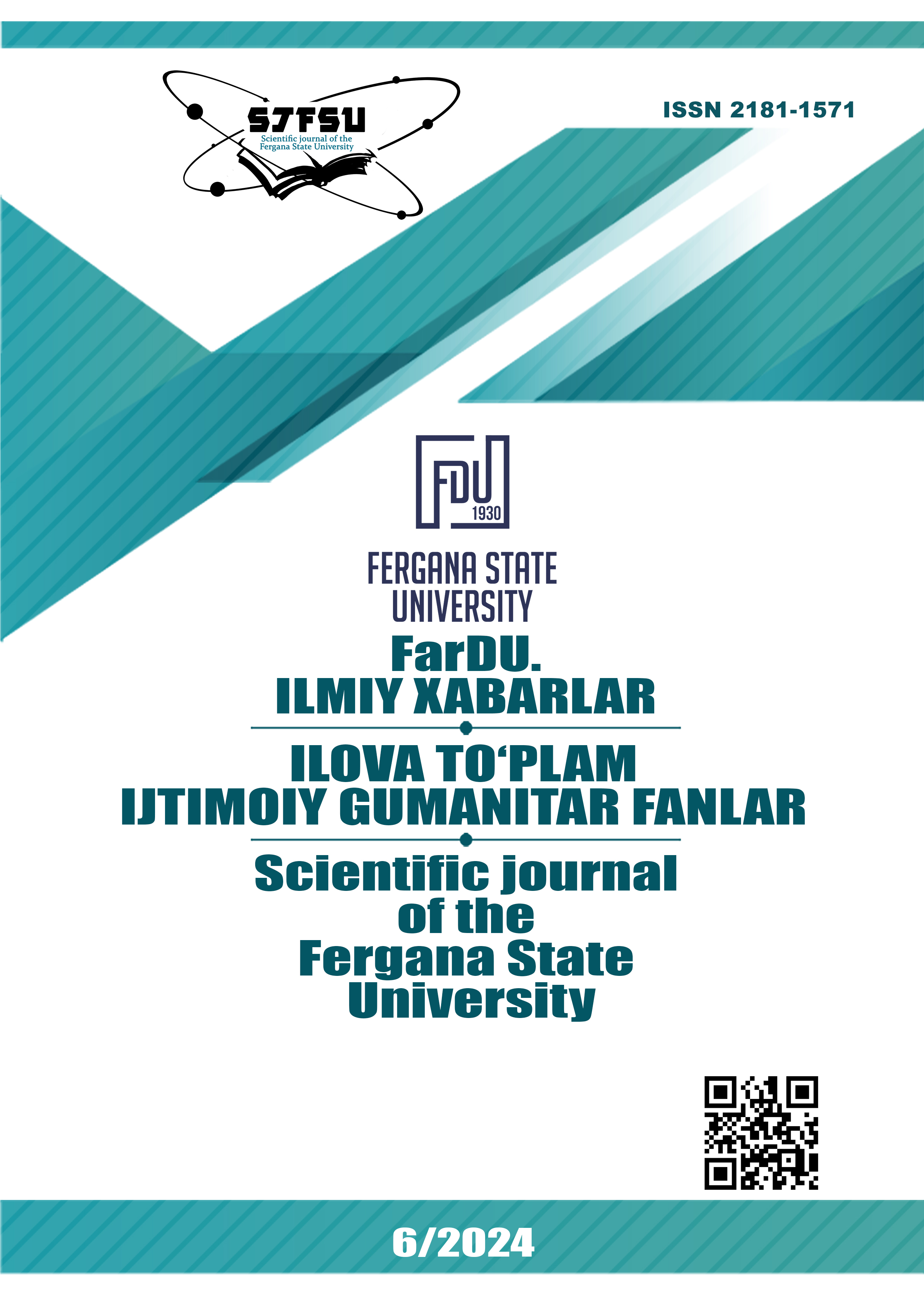PHRASEOLOGICAL UNITS AND THEIR ASSOCIATIVE PROPERTIES REPRESENTING HUMAN CHARACTER
Keywords:
phraseology, figurative language, characterization, semantic association, literary analysisAbstract
This article explores the associative properties of phraseological units used to express character in literature. Phraseological units, which include idioms, metaphors, similes and other figurative expressions, often carry complex webs of meaning and connotation beyond their literal semantic content. Through both qualitative analysis of selected phraseological units and quantitative corpus analysis, this study demonstrates that the associative meanings of phraseological units related to character tend to cluster around particular semantic fields and reflect cultural views and stereotypes about personality traits and types. An awareness of these associative meanings is important for both literary analysis and cross-cultural communication. Further research is needed on the associative properties of phraseological units in other semantic domains beyond character and personality.
References
Dobrovol'skij, D., Piirainen, E. Figurative language: cross-cultural and cross-linguistic perspectives. -Amsterdam; Boston: Elsevier. -2005
Uktamova M. Tilshunoslikda shaxs xarakterini ifodalovchi lug‘aviy birliklar tadqiqi . - Yangi Oʻzbekiston pedagoglari axborotnomasi.-2024.
Cowie, A. P. Oxford Dictionary of English Idioms. - Oxford University Press. -1993.
Lakoff, G., Johnson, M. Metaphors we live by. - University of Chicago Press. – 1980.
Apresjan, V. Russian Phraseology: Connotations and Semantic Shades.In Computational and Corpus-Based Phraseology.- Springer, Cham.-2018.
Kuchařková, K. (2017). Foxes and Their Metaphorical Depiction in Czech, English, German and Hungarian. Journal of Education Culture and Society, 8(1), 107-116.
Downloads
Published
Issue
Section
License
Copyright (c) 2025 Scientific journal of the Fergana State University

This work is licensed under a Creative Commons Attribution-NonCommercial-NoDerivatives 4.0 International License.

